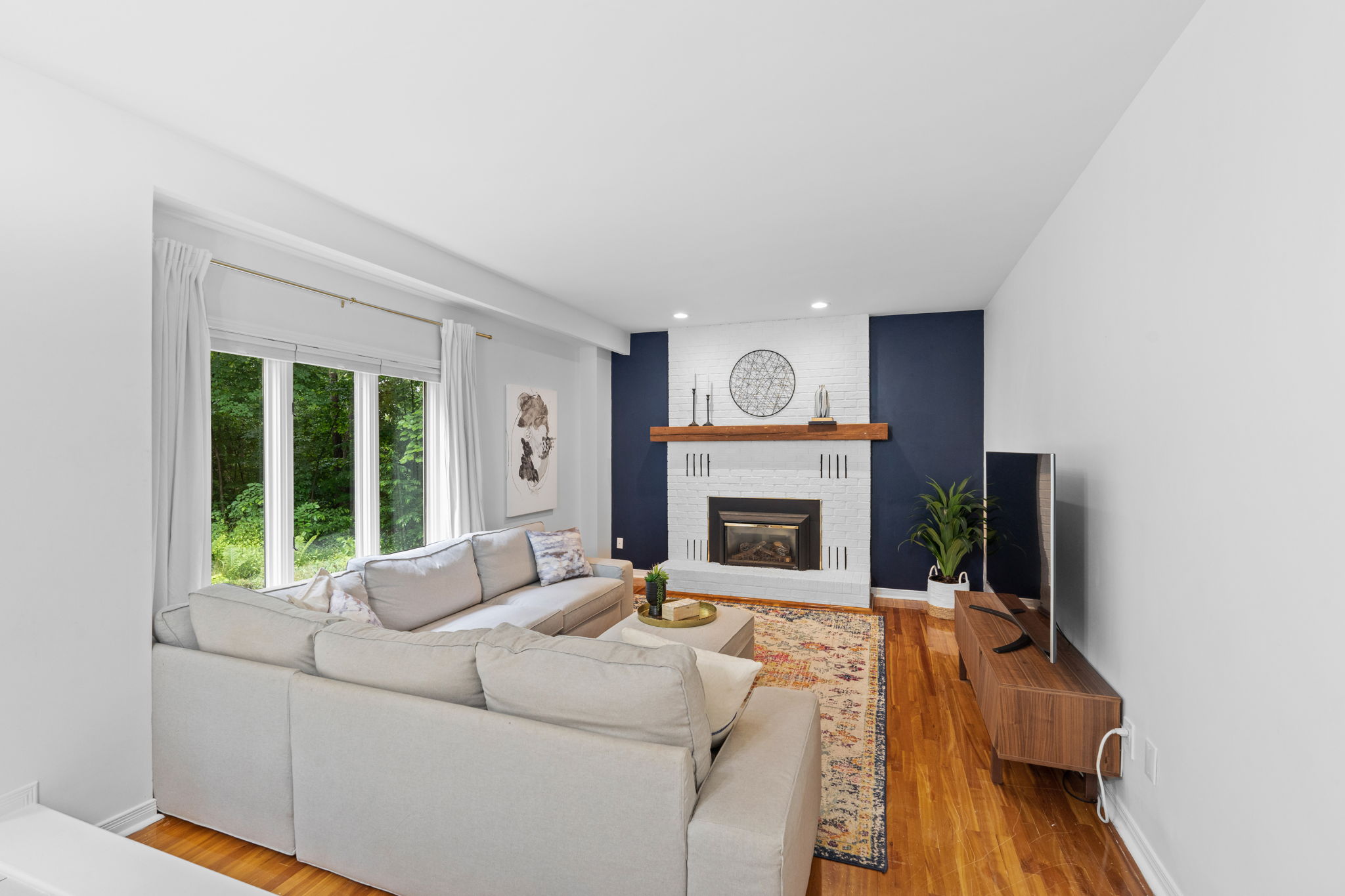
Staging a house with real furniture and seeing it in person offers several benefits compared to virtual staging. Here are some of the advantages of traditional staging:
Authenticity: Real furniture and decor provide an authentic and tangible representation of the space. Buyers can see and experience the actual size, layout, and flow of the rooms, which can help them better visualize themselves living in the home.
Emotional connection: Physical staging creates an emotional connection with potential buyers. It can make the house feel warm, inviting, and lived-in, which can help buyers feel more attached to the property.
Better understanding of scale: Real furniture helps potential buyers understand the scale of the rooms and how their own furniture might fit in the space. This can be particularly important for homes with unique layouts or challenging room dimensions.
Professional photography: Staged homes can be professionally photographed, which often results in higher-quality listing photos. High-quality photos can attract more potential buyers and generate more interest in the property.
In-person experience: Prospective buyers can tour the staged home in person, allowing them to explore every room, touch furniture, and get a sense of the property’s ambiance. This physical interaction can be a crucial part of the decision-making process.
Differentiation: Staging can set your property apart from other listings. When buyers view multiple homes online, a well-staged home can make a memorable impression and stand out in their minds.
On the other hand, virtual staging has its own set of advantages:
Cost-effective: Virtual staging is generally more affordable than physical staging because it doesn’t require the purchase or rental of furniture and decor, nor does it involve transportation and setup costs.
Flexibility: Virtual staging allows for easy changes and customization. You can virtually stage a property to suit different styles and preferences quickly and without physical adjustments.
Faster turnaround: Virtual staging can be done relatively quickly, which is useful when time is of the essence, such as for online listings or marketing materials.
Easy experimentation: It’s easy to experiment with different furniture arrangements and styles to determine what might appeal most to potential buyers.
No physical impact on the property: Unlike physical staging, virtual staging doesn’t require moving furniture in and out of the property, which can be disruptive and potentially damaging.
In many cases, a combination of both physical staging and virtual staging can be beneficial. Physical staging can be used for the primary rooms that most buyers consider important (e.g., living room, dining room, master bedroom), while virtual staging can be used for secondary spaces or to showcase potential alternative layouts or styles. Ultimately, the choice between physical staging and virtual staging should be based on the specific property, target market, budget, and other factors relevant to the sale of the home.
If you’d like to learn more about what our clients are saying about Staging their home with us, visit: Gracious Words – Restyled Spaces & Home Staging Co.
